![粒子物理概念(第3版) [The Ideas of Particle Physics:An Introduction for Scientists Third edition]](https://pic.windowsfront.com/10914282/4cd9d24a-6c7b-4c93-806f-e006d43d5fca.jpg)

具體描述
內容簡介
The last thirty years have seen an enormous advance in our understanding of the microscopic world. We now have a convincing picture of the fundamental struc-ture of observable matter in terms of certain point-like elementary particles. We also have a comprehensive theory describing the behaviour of and the forces between these elementary particles, which we believe provides a complete and correct description of nearly all non-gravitational physics.Matter, so it seems, consists of just two types of elementary particles: quarks and leptons. These are the fundamental building blocks of the material world, out of which we ourselves are made. The theory describ-ing the microscopic behaviour of these particles has,over the past decade or so, become known as the 'Standard Model', providing as it does an accurate account of the force of electromagnetism, the weak nuclear force (responsible for radioactive decay), and the strong nuclear force (which holds atomic nuclei together). The Standard Model has been remarkably successful; upuntil a year or two ago all experimental tests have verified the detailed predictions of the theory.
The Standard Model is based on the principle of 'gauge symmetry', which asserts that the properties and interactions of elementary particles are governed by certain fundamental symmetries related to familiar conservation laws.
內頁插圖
目錄
PrefacePart 1 Introduction
1 Matter and light
2 Special relativity
3 Quantum mechanics
4 Relativistic quantum theory
Part 2 Basic particle physics
5 The fundamental forces
6 Symmetry in the microworld
7 Mesons
8 Strange particles
Part 3 Strong interaction physics
9 Resonance particles
10 SU(3) and quarks
Part 4 Weak interaction physics I
11 The violation of parity
12 Fermi's theory of the weak interactions
13 Two neutrinos
14 Neutral kaons and CP violation
Part 5 Weak interaction physics II
15 The current-current theory of the weak interactions
16 An example leptonic process:electron-neutrino scattering
17 The weak interactions of hadrons
18 The W boson
Part 6 Gauge theory of the weak interactions
19 Motivation for the theory
20 Gauge theory
21 Spontaneous symmetry breaking
22 The Glashow-Weinberg-Salam model
23 Consequences of the model
24 The hunt for the W, Z0 bosons
Part 7 Deep inelastic scattering
25 Deep inelastic processes
26 Electron-nucleon scattering
27 The deep inelastic microscope
28 Neutrino-nucleon scattering
29 The quark model of the structure functions
Part 8 Quantum chromodynamics-the theory of quarks
30 Coloured quarks
31 Colour gauge theory
32 Asymptotic freedom
33 Quark confinement
Part 9 Electron-positron collisions
34 Probing the vacuum
35 Quarks and charm
36 Another generation
Part 10 The Standard Model and beyond
37 The Standard Model of particle physics
38 Precision tests of the Standard Model
39 Flavour mixing and CP violation revisited
40 The hunt for the Higgs boson
41 Neutrino masses and mixing
42 Is there physics beyond the Standard Model?
43 Grand unification
44 Supersymmetry
45 Particle physics and cosmology
46 Superstrings
Appendices
1 Units and constants
2 Glossary
3 List of symbols
4 Bibliography
5 Elementary particle data
Name index
Subject index
精彩書摘
In order to understand the weak interaction in greater depth, we need to first delve further into the properties of relativistic fermions. In Section 4.2,we Jeamt that relativistic fermions are described by two-component spinors (with another two-component spinor for the antiparticle). In the Newtonian limit,when fermions move slowly, these two components can be interpreted as the two spin states of the fermion: the fermion can either be spin-up or spin-down. However,when the fermions are moving close to the speed of light, the notion of spin is no longer so useful and we need a new way in which to classify the two fermion states. In turns out that there are two useful ways to do this. The first, which is closely related to spin, is to define the helicity as the component of the fermion's spin in the direction of motion of the fermion. The spin can either be aligned with or against the momentum, and the fermion is referred to as being in the helicity-plus or helicity-minus state respectively.……
前言/序言
用戶評價
閱讀這本書的過程,是一種思維的洗禮。它讓我看到瞭粒子物理學的宏偉藍圖,以及構成這個宏偉藍圖的那些關鍵思想。作者並沒有簡單地羅列事實,而是試圖去解釋“為什麼”這些概念是重要的,它們是如何被發展齣來的,以及它們對我們理解宇宙産生瞭怎樣的深遠影響。從量子場論的革命性思想,到基本粒子的多樣性及其相互作用的復雜性,這本書都進行瞭深入淺齣的闡述。我特彆欣賞它對那些支撐粒子物理發展的核心概念的細緻講解,比如量子力學的奇特性質如何體現在粒子行為上,以及相對論如何與量子力學結閤,構建齣新的理解框架。這本書鼓勵讀者去進行批判性思考,去審視那些看似理所當然的物理圖像,並嘗試去理解它們背後更深層次的邏輯。它讓我意識到,物理學的魅力不僅僅在於其預測能力,更在於其揭示宇宙本質的深刻洞察力。這本書無疑為我打開瞭一扇瞭解粒子物理學前沿思想的大門,讓我對這個充滿挑戰和機遇的領域有瞭更清晰的認識和更濃厚的興趣。
評分初次翻開這本書,我腦海中浮現的是一個充滿挑戰但又無比迷人的世界。這本書並非一本簡單羅列公式和定理的教科書,它更像是一次深入粒子物理核心思想的探索之旅。作者以一種引人入勝的方式,將那些抽象而深邃的概念,如量子場論的基石、基本粒子的傢族成員及其相互作用,以及我們對宇宙起源的理解所依賴的強大理論框架,一一展現在讀者麵前。我特彆欣賞它在解釋這些復雜概念時所采用的類比和直觀的圖形,這使得即使是我這樣背景相對普通(雖然也算有科學基礎)的讀者,也能逐漸把握住那些看似遙不可及的物理思想的精髓。這本書沒有迴避數學的必要性,但它巧妙地將數學工具與概念的引入相結閤,讓你在理解物理直覺的同時,也能感受到數學的嚴謹和力量。它鼓勵讀者去思考“為什麼”,去追問現象背後的原因,去感受科學傢們是如何一步步揭開宇宙最微小組成部分的奧秘的。閱讀這本書的過程,就像是在與那些偉大的物理學傢對話,感受他們對未知的好奇、對邏輯的追求以及對美的欣賞。我期待著它能帶我進入一個全新的認知領域,讓我對這個由無數微小粒子構成的宏偉宇宙有更深刻的體悟。
評分這本書給我帶來的,是一種關於知識構建和思想演變的深刻體驗。它並非一本簡單的科普讀物,而是更側重於展現粒子物理學背後那些核心的、具有開創性的“想法”。作者以一種流暢且引人入勝的方式,將那些構成粒子物理學基石的概念,如量子場論的強大框架、基本粒子的分類及其相互作用的機製,以及我們對宇宙早期演化的理解所依賴的理論模型,娓娓道來。我被書中對於那些抽象概念的直觀闡釋所吸引,它們並非晦澀難懂的理論堆砌,而是通過精妙的類比和圖示,將復雜的物理思想具象化,使得我這個非專業人士也能窺見其精妙之處。它鼓勵我思考,去追問那些看似理所當然的物理現象背後的原因,去感受科學傢們是如何一步步揭示宇宙最基本組成單元的奧秘。閱讀這本書,就像是與那些奠基者們進行一場跨越時空的思想對話,感受他們對未知的好奇、對邏輯的執著以及對宇宙之美的追求。我期待它能引領我進入一個全新的認知維度,讓我對由無數微小粒子編織而成的宏大宇宙有更深刻的洞察。
評分這本書給我最深刻的印象,是它對粒子物理學思想脈絡的清晰梳理。它不像一本枯燥的教科書,而是更像一位睿智的嚮導,引領我深入探索這個迷人的科學領域。從量子力學帶來的革命性突破,到粒子之間錯綜復雜的相互作用,再到我們對宇宙起源和演化的理解,作者都以一種引人入勝的方式將這些核心概念展現在讀者麵前。我尤其欣賞書中對於那些關鍵“想法”的闡釋,它們並非孤立的理論,而是相互關聯、層層遞進的知識體係。它鼓勵我去思考,去質疑,去理解那些看似違反直覺的物理現象背後的深刻邏輯。通過這本書,我感受到瞭科學傢們是如何憑藉智慧和毅力,一步步揭示宇宙最基本組成單元的奧秘。它不僅僅是關於粒子物理學的知識,更是關於科學探索精神、關於人類對未知世界永不停止的追求的生動寫照。我期待它能帶我更深入地理解這個由無數微小粒子構成的宏偉宇宙,並激發起我對這個領域更深層次的探索欲望。
評分這本書給我的感覺,更像是敲開瞭一扇通往深邃思想殿堂的大門。它並非直接灌輸知識,而是引導你去感受那些構成粒子物理宏偉大廈的“想法”。從那些令人驚嘆的實驗證據,到支撐這些證據的精妙理論,作者像一位經驗豐富的嚮導,帶領我穿越概念的迷宮。我沉浸在那些關於對稱性、規範不變性以及量子力學帶來的奇特景象中,它們並非孤立的知識點,而是相互關聯、相互印證的有機整體。書中對標準模型的構建過程的梳理,讓我深刻體會到人類智慧的閃光點,以及科學發展中那種嚴謹的試錯與迭代。它讓我明白,那些看似簡練的公式背後,承載著多少年的探索、多少次的辯論以及多少次概念的飛躍。我尤其喜歡它對實驗與理論之間互動關係的強調,這讓我看到物理學並非空中樓閣,而是根植於我們能夠觀察到的現實世界。這本書不僅僅是關於粒子物理的知識,更是關於科學方法論、關於探索精神以及關於人類對宇宙本質不懈追求的一種體現。它激發瞭我深入瞭解這個領域的強烈願望,去探究那些隱藏在原子核深處、甚至更微觀世界的奧秘。
評分大緻翻瞭翻··~~還蠻不錯的~~~
評分講述瞭粒子物理中的基本概念,可做入門之用
評分內容翔實 簡單適閤初學者
評分還不錯,印刷清晰
評分沒有發票,與客服溝通好久,退貨申請中,鬧心
評分。。。。。。。。。。。。。
評分很好 不錯 不錯 全傢都喜歡 很好看的哦 專業書籍 從小培養
評分從書名看應該是定位於粒子物理的入門教材,看完量子場論再來學它。
評分書沒啥說的。裝幀很好。
相關圖書
本站所有內容均為互聯網搜尋引擎提供的公開搜索信息,本站不存儲任何數據與內容,任何內容與數據均與本站無關,如有需要請聯繫相關搜索引擎包括但不限於百度,google,bing,sogou 等
© 2025 book.coffeedeals.club All Rights Reserved. 靜流書站 版權所有

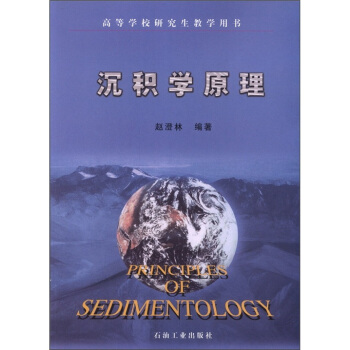
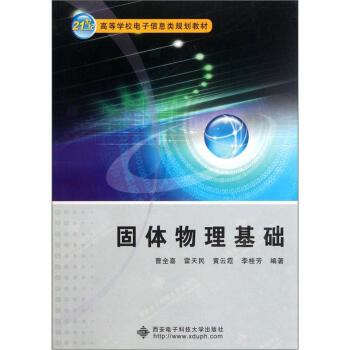


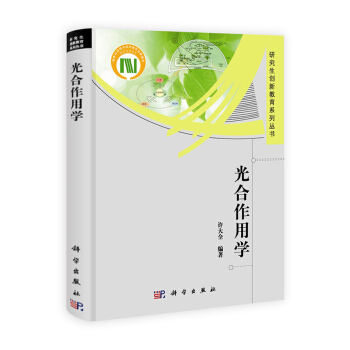

![生物化學與分子生物學 [Biochemistry and Molecular Biology] pdf epub mobi 電子書 下載](https://pic.windowsfront.com/11426306/5398fdf2N048684a9.jpg)




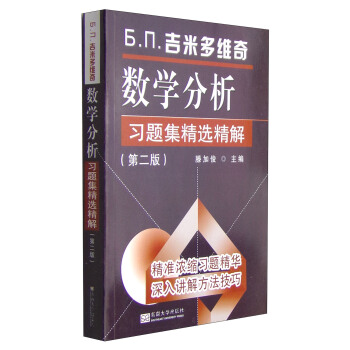
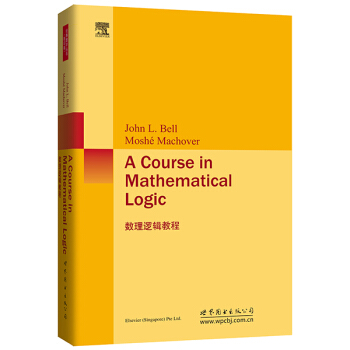

![逼近理論和方法 [Approximation Theory and Methods] pdf epub mobi 電子書 下載](https://pic.windowsfront.com/11683614/55419cefN514cc635.jpg)
![走進教育數學:數學解題策略(第二版) [Go-to Educational Mathematicr] pdf epub mobi 電子書 下載](https://pic.windowsfront.com/11720145/55a39647Nb208851e.jpg)

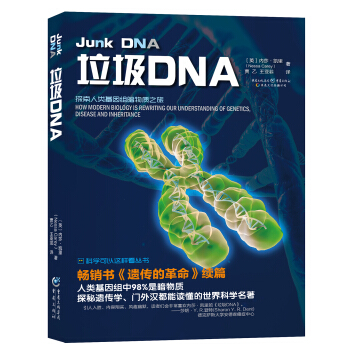
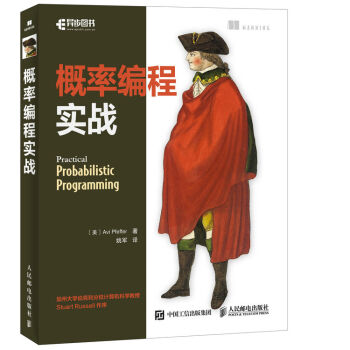
![連續和離散動力係統引論(第2版 影印版) [An Introduction to Dynamical Systems:Continuous and Discrete] pdf epub mobi 電子書 下載](https://pic.windowsfront.com/12166168/590fe764N1c47ee64.jpg)